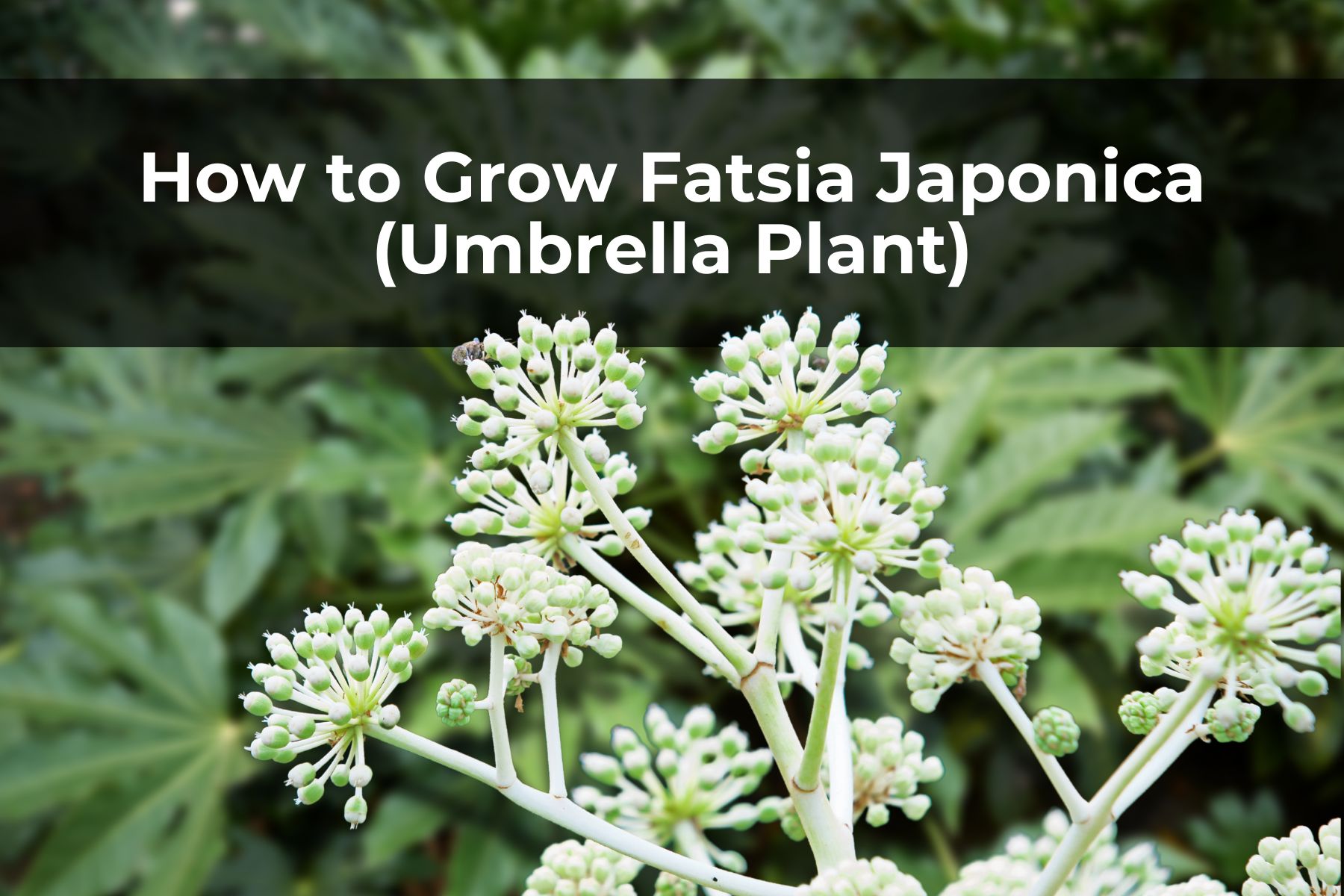Last Updated on April 15, 2024 by Real Men Sow
Fatsia japonica, an evergreen shrub that can grow to 2.5m tall, has exotic looking and tropical-looking leaves. It thrives in shade and does not like full sun. They can recover from any kind of damage and are resilient plants. They are sometimes called the Umbrella Plant or the False Oil Plant due to their similar shape.
Fatsia are Japanese and Korean plants that produce unusually shaped, white autumn flowers. These plants can be grown outdoors, but they are also quite common in cool greenhouses and courtyards.
What Your Garden Needs to Have to Grow Fatsia Japonica
These shrubs are medium-sized and can reach heights of up to 4m (7ft to 13ft), depending on the environment. The main attraction is the evergreen leaves. They can grow in low light conditions and are very large.
Fatsia japonica is a rare white flowering plant that produces unusually colored flowers in autumn. It blooms from October to November. These flowers aren’t very common and have a novelty value. However, you can grow them for their leaves.
They thrive in partial shade, but can tolerate full sun well. Therefore, they should not be grown in full sunlight. They don’t care about the soil conditions and will grow in any situation.
How To Plant A Fatsia Japonica
You should only buy plants that have been hardened for your garden, not for your house or conservatory. Select a spot in full or partial shade. The plant should be allowed to grow at least 2m/6ft.
It is best to plant it in spring or early fall when the soil is warm and there is enough natural rainfall to not require watering. Dig a hole twice as wide as the root ball. Add a few drops of blood, fish, and bone to the hole and then work it into the ground.
Fill the hole with soil to the same depth as the pot. Firmly but gently fill the hole around the rootball. To settle the soil around the rootball, water well.
General Care Guide
Once established, Fatsia japonica can take care of itself. In drought conditions, it only requires watering. In April and August, feed the plant with plenty of bone, blood, and fish. Some leaves can turn yellow in July and August, so remove them along with their stems.
Remove any straggly or bare stems as the shrub ages. To take their place, new shoots will soon appear from the base.
Each spring, prune to the desired height and shape using no special techniques. You can trim overgrown plants to half their height or width, and they will quickly grow back.
Water younger plants, up to 2 years old, if the conditions are dry. It will establish a strong root system by receiving a twice-yearly feed of blood, fish, and bone in spring or autumn. The area surrounding the plant’s base should be free of weeds, grass, and other debris. This plant is immune to common diseases and pests.
Container Growing
It should be fed once a month, between mid March and mid August. Regular watering is necessary. After waiting for the compost to dry, water the plant well. For this plant to thrive outside, the larger the pot is the better. It will need normal multi-purpose compost.
A new Fatsia japonica should be potted in a container that is 60cm in width and height. Repot in a larger pot after two to three years. You can prune the plants as above, but a little more vigorously to keep them compact.

